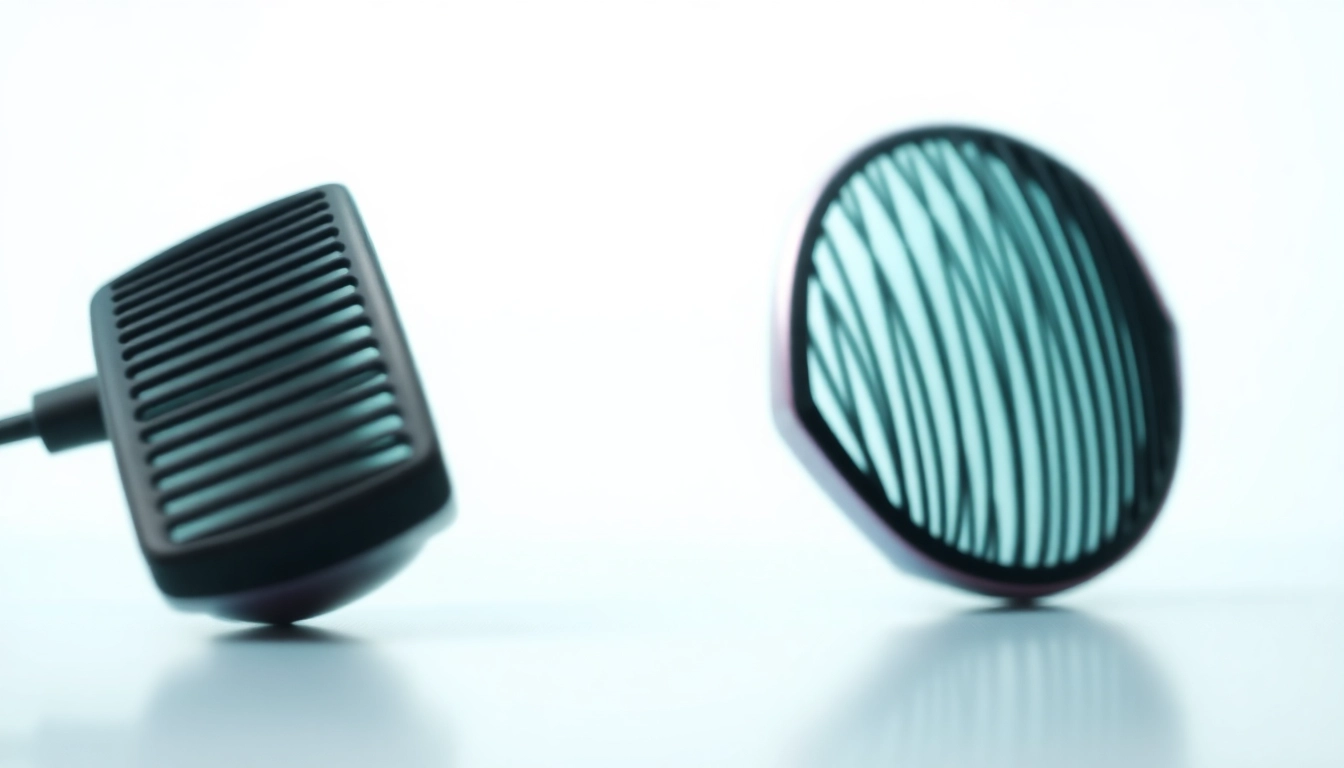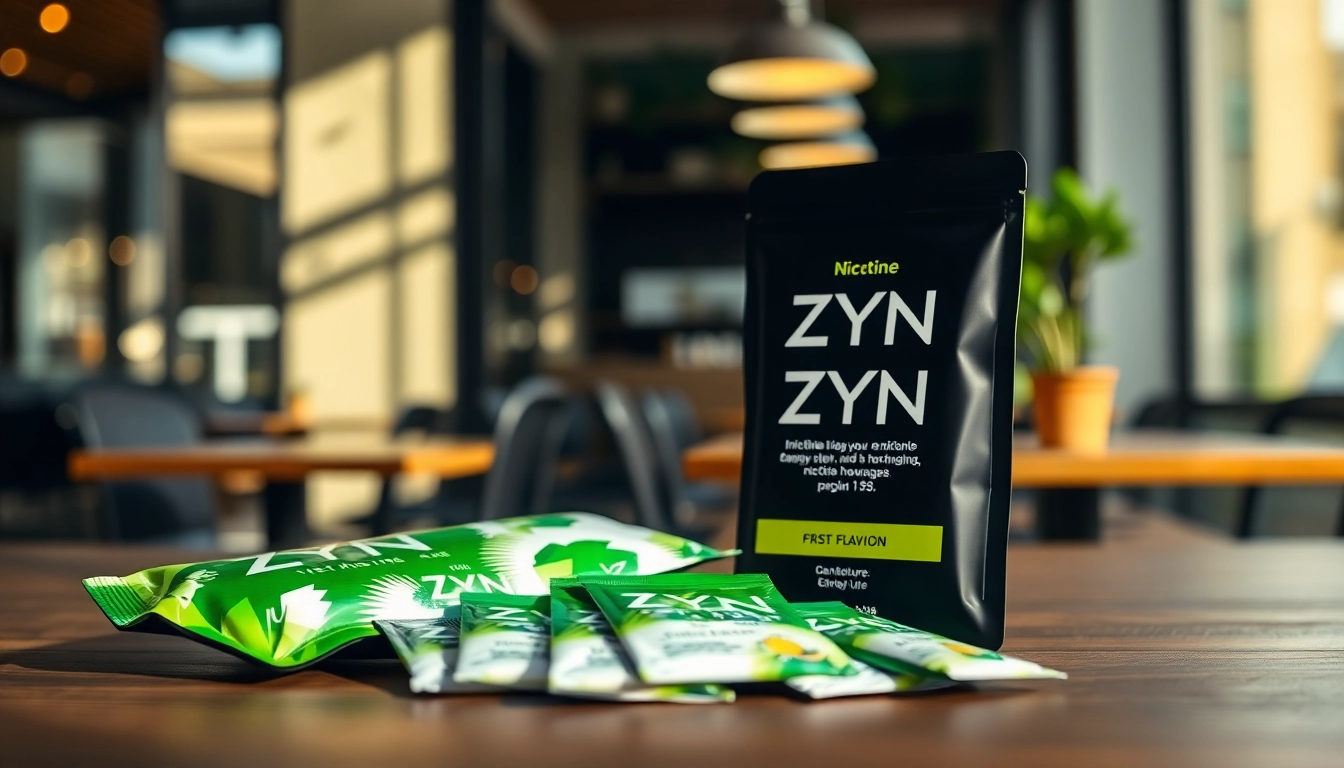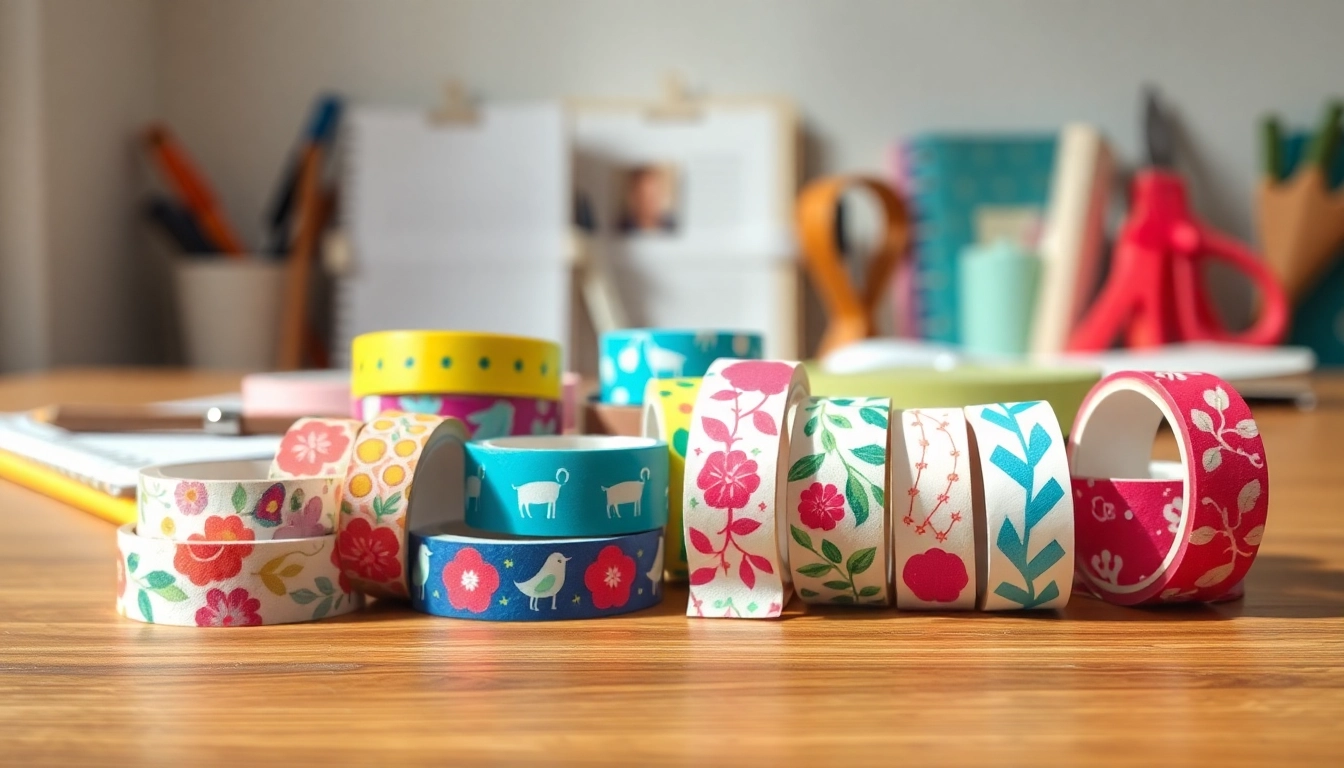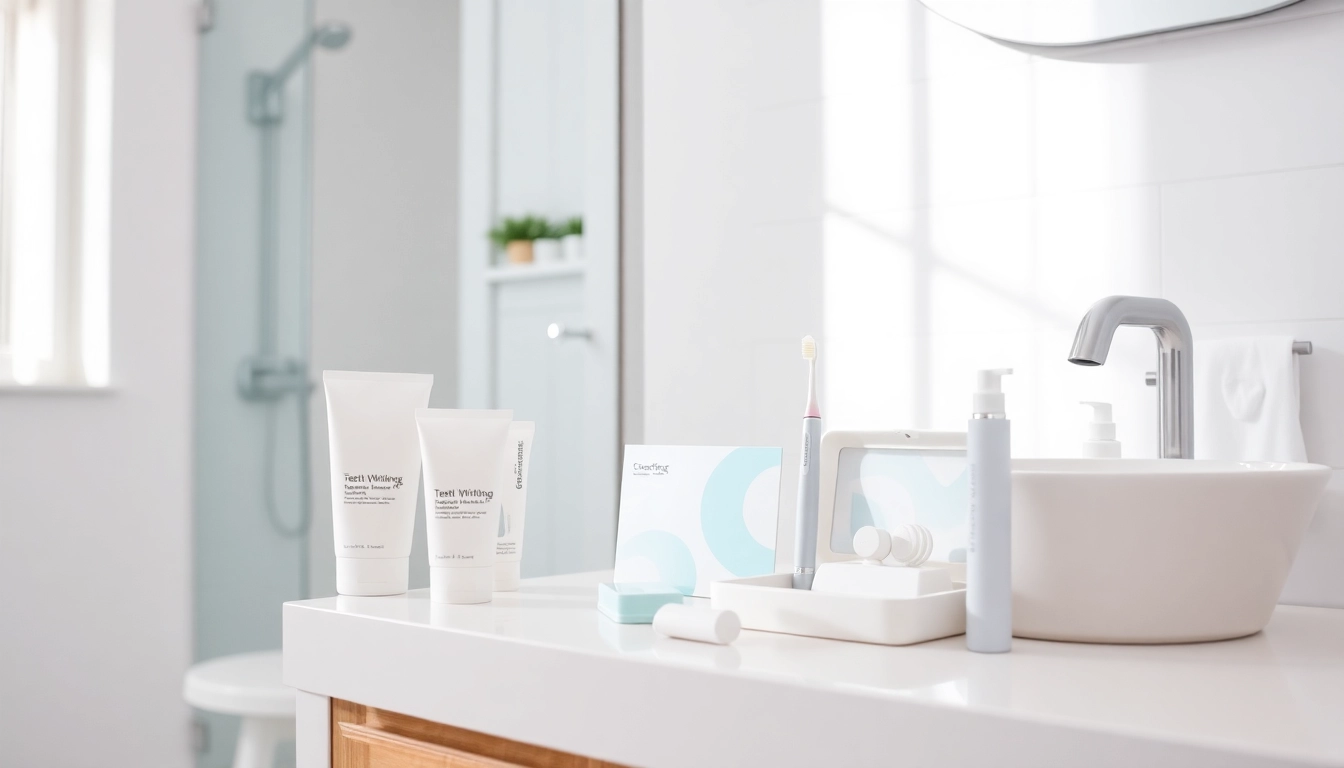Understanding Heat Tools for Hair
What Are Heat Tools?
Heat tools are electrical devices designed to manipulate hair through the application of heat. Commonly used in beauty routines, these tools aid in styling, straightening, curling, and drying hair. They harness heat energy to reshape the structural bonds in hair, enabling users to achieve various styles—from sleek, straight looks to voluminous curls. The proper use of these tools can enhance the natural beauty of hair, contributing to a polished and refined appearance.
Types of Heat Tools for Hair Care
There are several types of heat tools available on the market, each serving a specific purpose:
- Blow Dryers: Ideal for drying and styling, blow dryers use heated air to evaporate moisture from the hair quickly.
- Flat Irons: These tools are used to straighten hair by applying heat directly to the hair strands, essential for achieving a sleek look.
- Curling Irons: Curling irons are designed to create curls or waves. By wrapping sections of hair around a heated barrel, users can add volume and structure to their hairstyles.
- Wands: Unlike traditional curling irons, wands lack a clamping mechanism. Users wrap hair around the wand for free-flowing curls or waves.
- Hot Brushes: Combining a brush with a heating element, hot brushes smooth and style hair simultaneously, making it easier to create straight or slightly wavy looks.
How Heat Tools Work and Their Benefits
Heat tools work by applying thermal energy to the hair, which temporarily alters its shape. The key to their effectiveness lies in the understanding of how hair structure reacts to heat. Hair is made up of a protein called keratin, which can be reshaped into different styles when heated to a specific temperature. The benefits of using heat tools include:
- Versatility: They allow for a range of styles, from straight to curly to textured.
- Time Efficiency: Heat styling often requires less time than traditional methods, allowing for quicker styling sessions.
- Long-Lasting Results: Heat styling generally results in longer-lasting styles due to the ability to shape hair more effectively.
Choosing the Right Heat Tools for Your Hair Type
Identifying Your Hair Type
Understanding your hair type is crucial when selecting appropriate heat tools. Hair can vary widely in terms of texture, thickness, and porosity. The primary hair types are:
- Straight Hair: Typically, fine to medium strands that lie flat against the scalp.
- Wavy Hair: Forms an “S” shape, with variations in texture and volume.
- Curly Hair: Naturally forms tight coils or loose curls, often requiring more moisture and care.
- Kinky Hair: Characterized by very tight curls or z-patterns, needing protective styling and hydrating products.
Matching Tools to Hair Needs
Once you identify your hair type, it is crucial to select heat tools tailored to your needs. For example:
- Straight Hair: A flat iron with adjustable heat settings is optimal, as fine hair may require less heat.
- Wavy Hair: A medium-heat curling iron can enhance natural waves without causing damage.
- Curling Hair: A quality curling wand with varying barrel sizes allows for diverse curl styles.
- Kinky Hair: Tools such as blow dryers with diffuser attachments help maintain moisture while styling.
Essential Features to Look For
When selecting heat tools, pay attention to several key features to ensure effectiveness and minimize damage:
- Temperature Control: Tools with adjustable temperature settings allow you to customize heat levels based on your hair type.
- Material: Ceramic or tourmaline materials distribute heat evenly, reducing hot spots and damage.
- Ion Technology: Tools that produce negative ions can reduce frizz and enhance shine in your hair.
- Auto Shut-off: A safety feature that turns off the device if it has been inactive for a certain period, protecting against accidents.
Best Practices for Using Heat Tools Safely
Prepping Your Hair for Heat Styling
Proper preparation is essential for maintaining hair health while using heat tools. Here are best practices to consider:
- Use Heat Protectant: Apply a heat protectant spray to shield hair from damage caused by high temperatures.
- Start with Clean Hair: Clean hair styles better and is more responsive to heat styling.
- Detangle Thoroughly: Ensuring there are no knots or tangles allows for smooth styling and reduces the risk of breakage.
Techniques for Safe Use
To maximize results and minimize damage while using heat tools, follow these techniques:
- Use the Right Temperature: Heat tools should be set to the lowest effective temperature to style your hair.
- Don’t Overlap Sections: When curling or straightening, avoid going over the same section multiple times in quick succession, as this can lead to excessive heat exposure.
- Keep Tools Moving: Avoid holding heat tools in place for too long; move them along the hair shaft for even styling.
Post-Styling Care to Minimize Damage
Post-styling care is as important as preparation. Here are tips to maintain healthy hair after heat styling:
- Use a Leave-In Conditioner: Applying a lightweight leave-in conditioner can help combat dryness and maintain moisture balance.
- Limit Styling Frequency: Allow your hair to rest between heat applications. Opt for heat-free styles whenever possible.
- Hydrate Regularly: Incorporate hydrating treatments or masks weekly to restore moisture and strength to your hair.
Popular Heat Tools for Hair in 2023
Top Rated Blow Dryers
In 2023, one notable blow dryer is the heat tools for hair offering a range of features like multiple speed and heat settings, a powerful motor for fast drying, and lightweight design that reduces arm fatigue while styling. These blow dryers also often include attachments such as diffusers and concentrators to help tailor the drying process to specific styles.
Best Flat Irons for Different Textures
When it comes to flat irons, some models stand out for their ability to accommodate different hair textures:
- Fine Hair: Look for a flat iron with lower temperature settings, often around 300°F, to protect fine strands from damage.
- Thick Hair: A flat iron that reaches higher temperatures (up to 450°F) can effectively straighten thick, coarse hair.
- Curly Hair: Consider a wide plate iron that covers larger sections for quicker styling without excessive heat exposure.
Curling Irons That Deliver Results
In terms of curling irons, the market offers a variety of shapes and sizes to cater to diverse styling preferences:
- Classic Barrel Curling Irons: Ideal for traditional ringlets; these come in various barrel sizes.
- Spiral Curling Irons: These feature a spiral design that helps create tighter curls or waves.
- Adjustable Barrel Curling Irons: These allow you to customize the size of the curl, providing flexibility for different styles.
Maintaining Your Heat Tools for Longevity
Cleansing and Caring for Your Tools
Proper maintenance of heat tools extends their life significantly. Regularly clean your tools after use by wiping down the plates and barrels with a damp cloth to remove product build-up. Be cautious to unplug and cool down the tools before cleaning to avoid burns or damage. For blow dryers, ensure that the air intake vent is free from dust and lint to maintain optimal airflow and performance.
Signs Your Heat Tools Need Replacement
It’s crucial to recognize when your heat tools need replacing to avoid potential hair damage or poor styling results. Common signs include:
- Inconsistent Heating: If your tool fails to reach the desired heat level, it may be time for a replacement.
- Physical Damage: Visible wear such as broken cords, cracks in the casing, or malfunctioning buttons indicate that the tool is no longer safe to use.
- Discoloration: Any burning smell or discoloration on the plate or barrel may suggest overheating or damage.
How to Store Your Tools Safely
Proper storage helps maintain the integrity of your heat tools. Here’s how to store them safely:
- Allow to Cool: Always let tools cool down completely before storing them.
- Use Heat-Proof Mats: Consider using heat-proof mats or cases that protect surfaces from heat damage.
- Organize Cords: Use cord wraps or ties to prevent tangling and damage to the cords of your tools.



